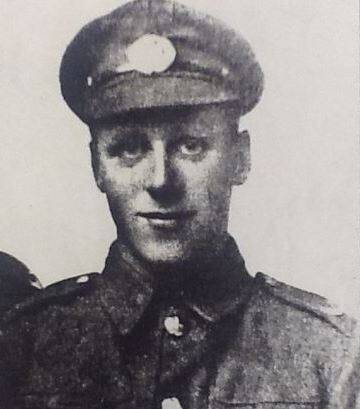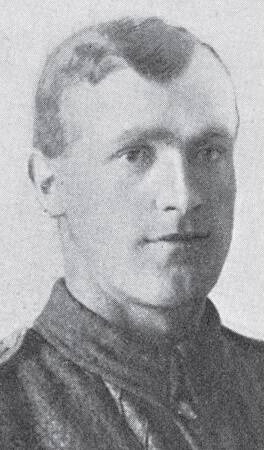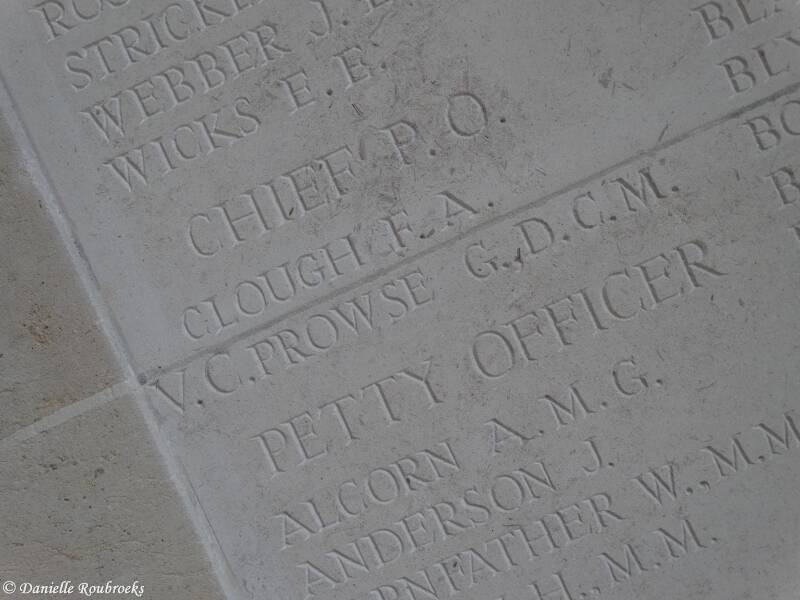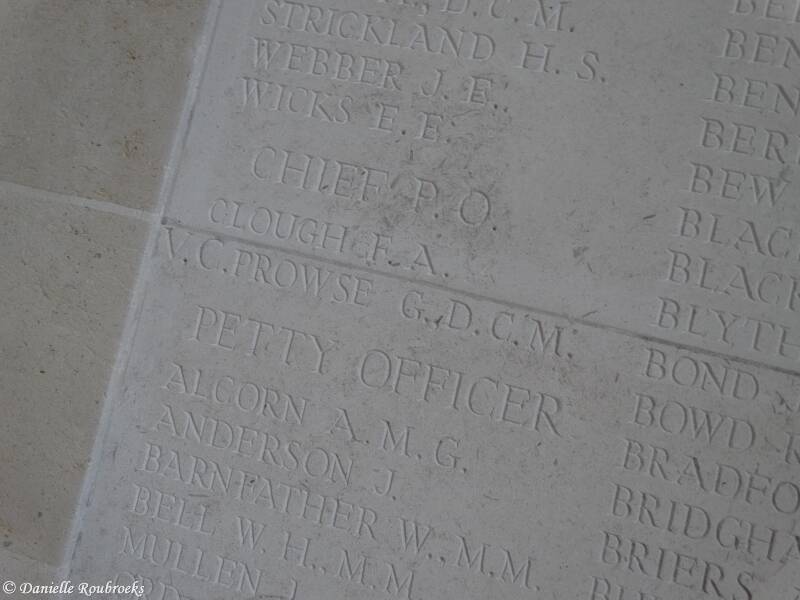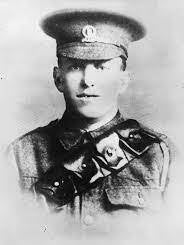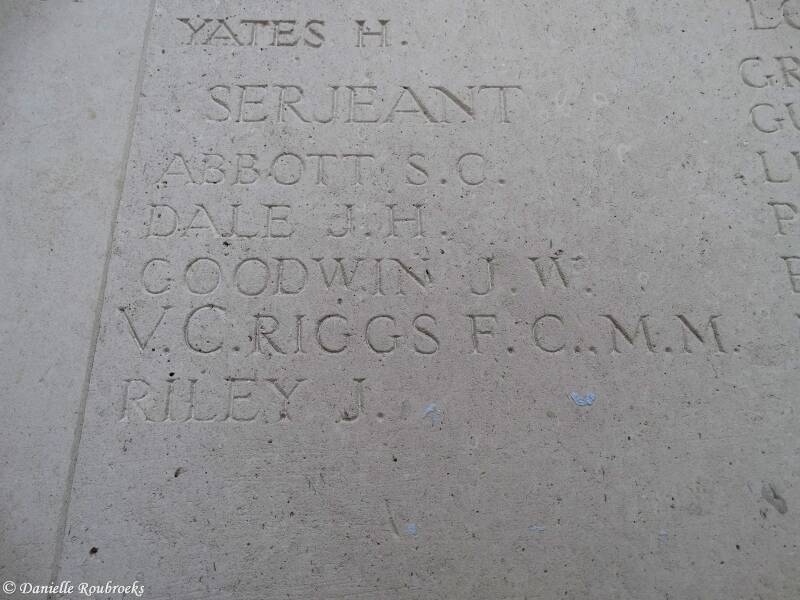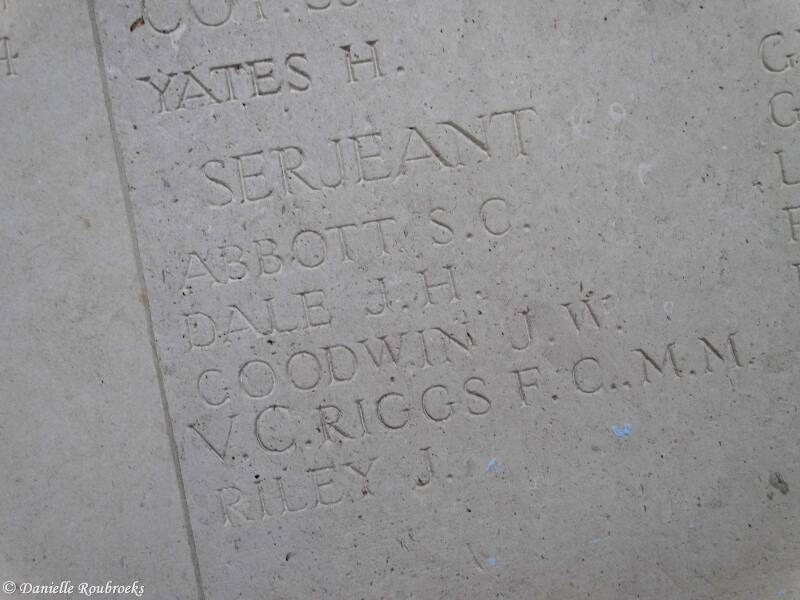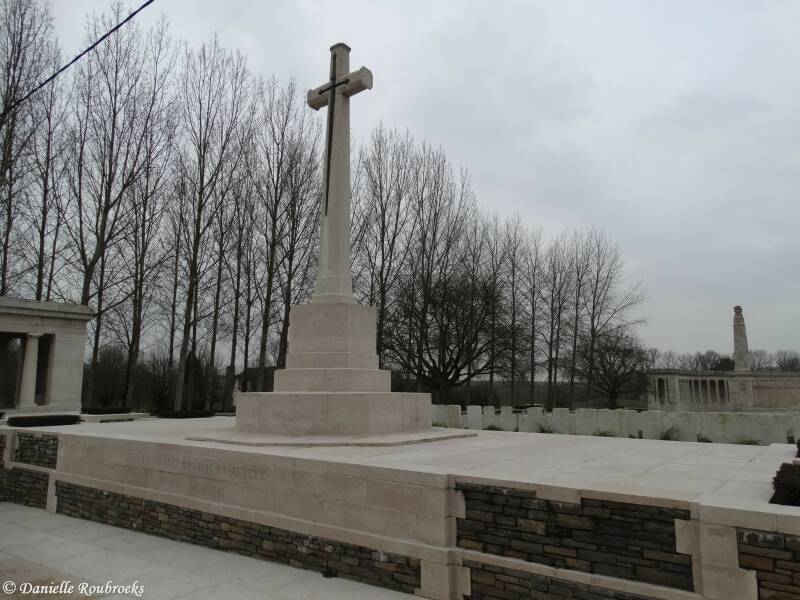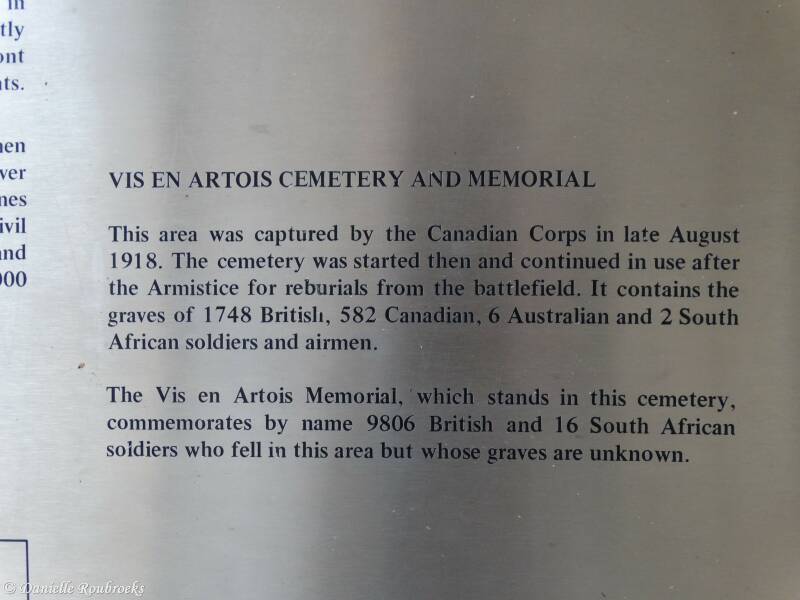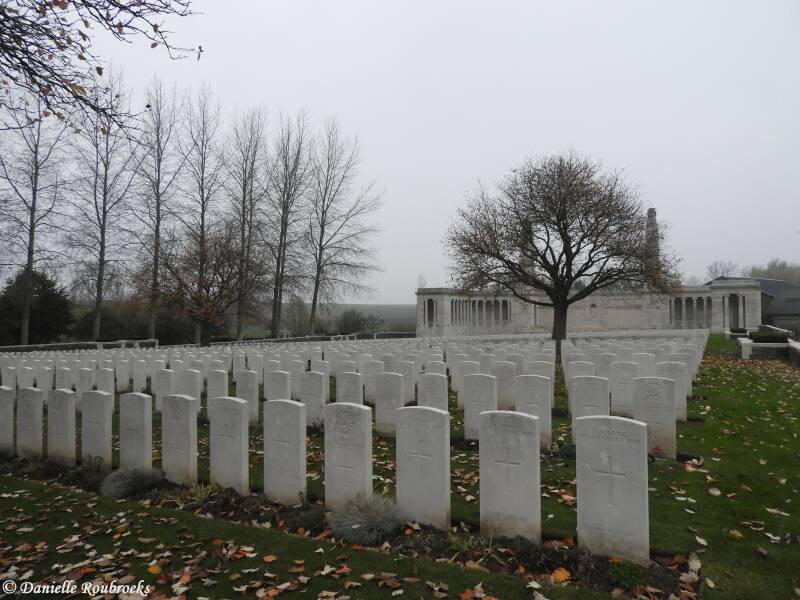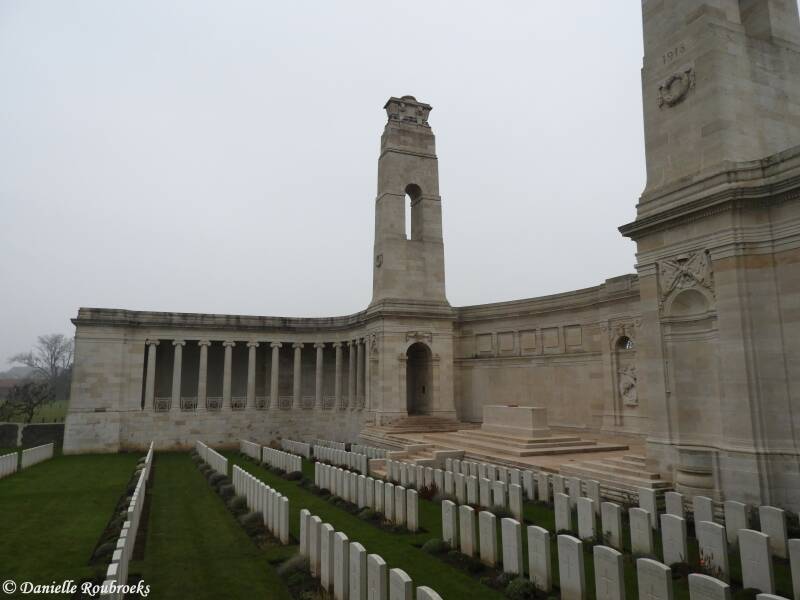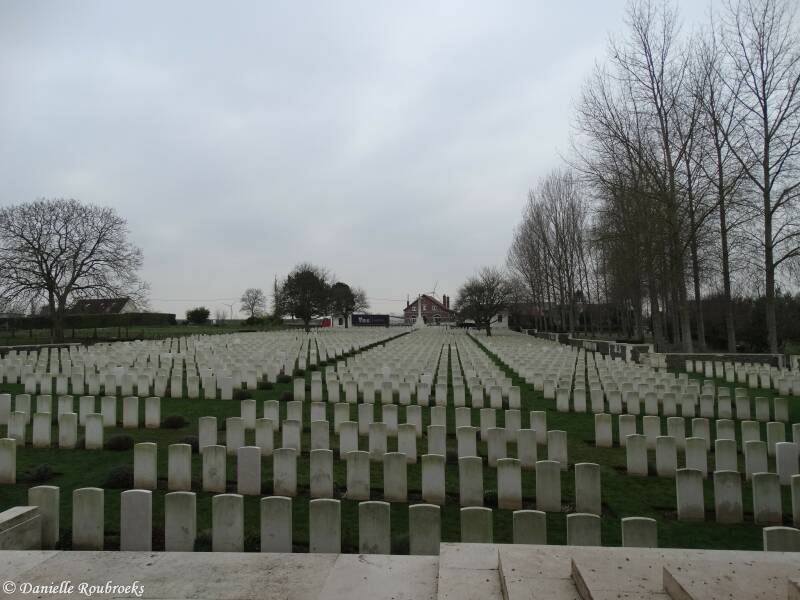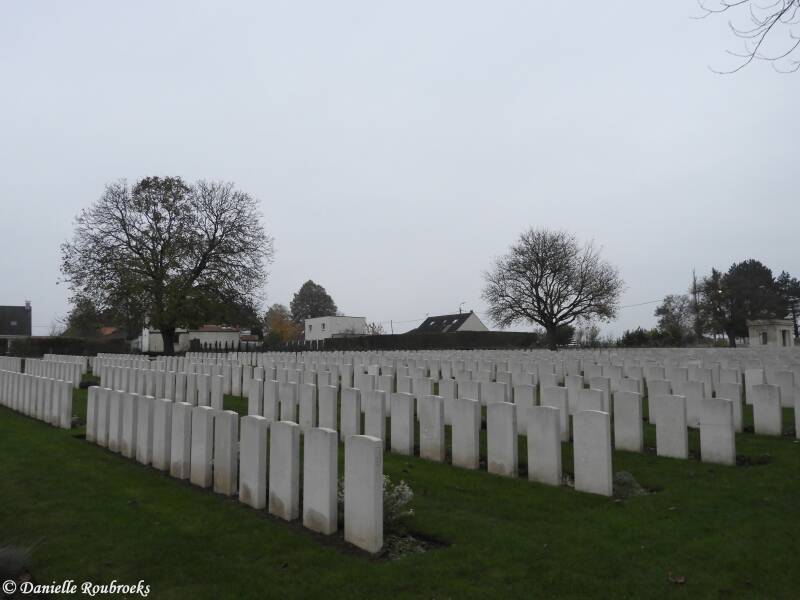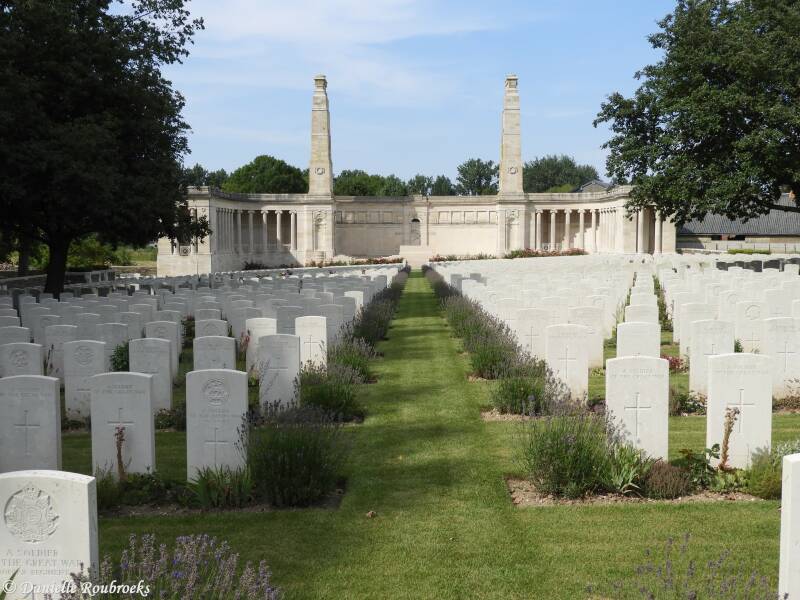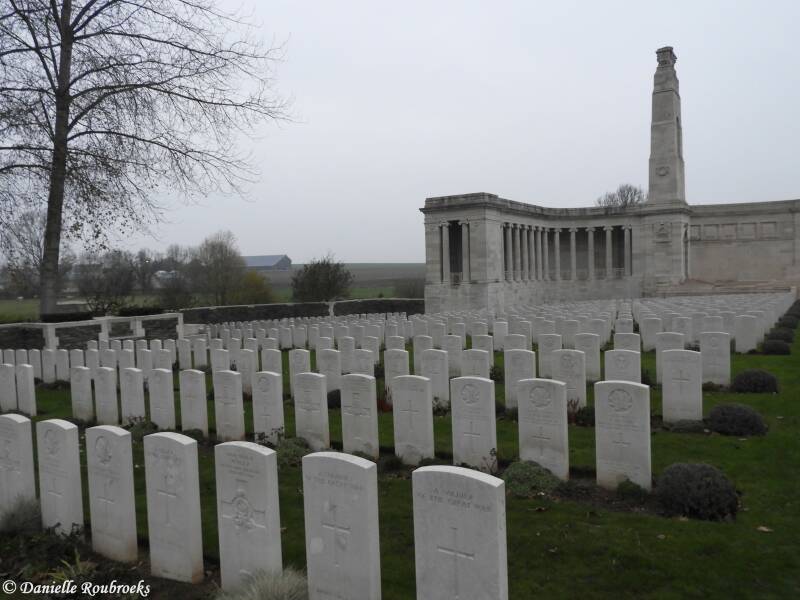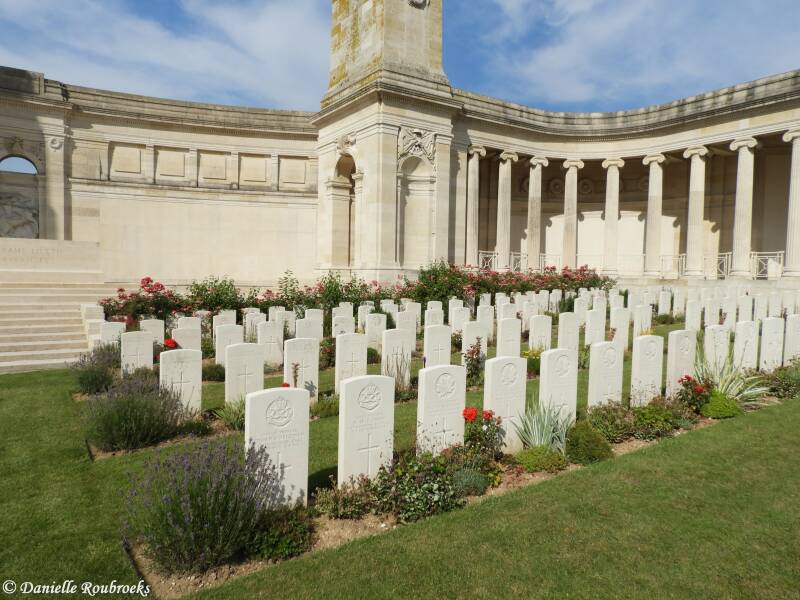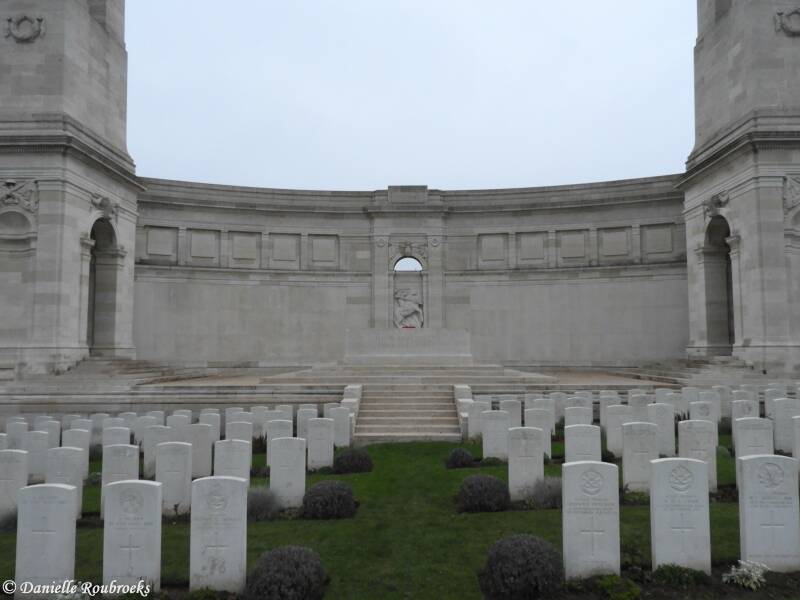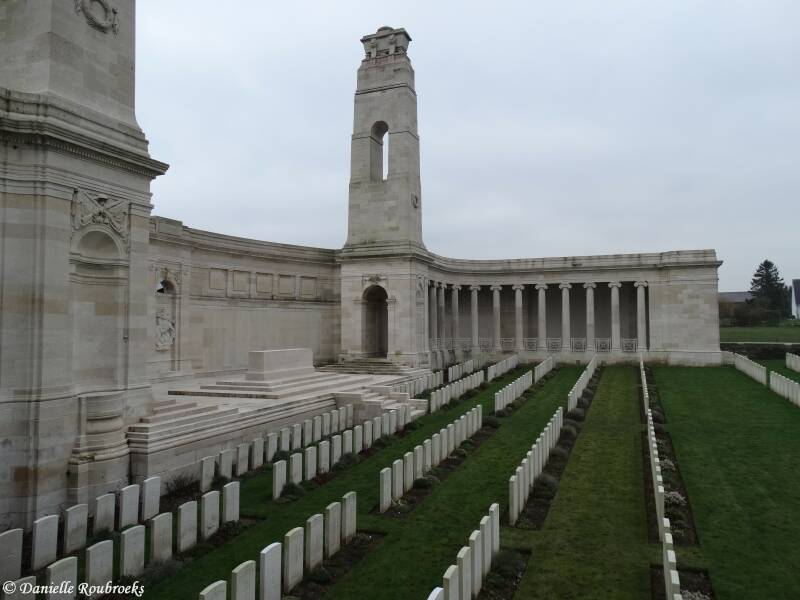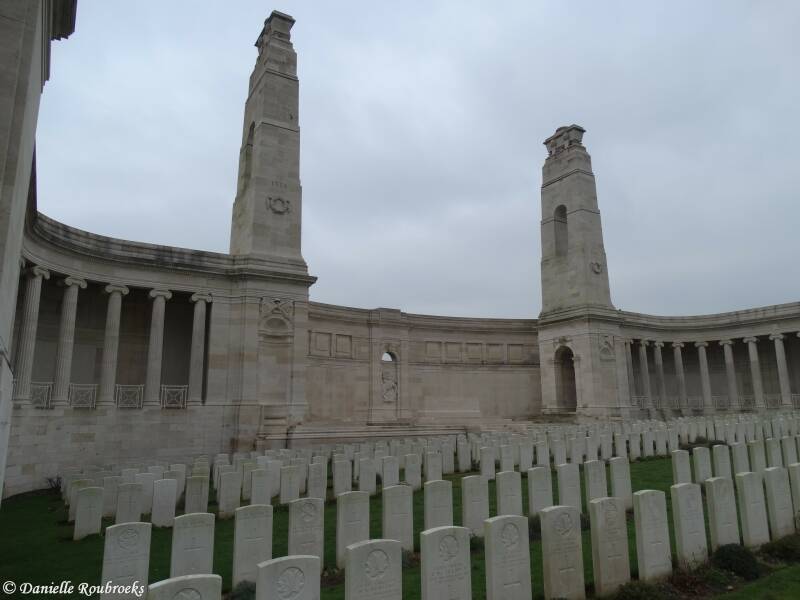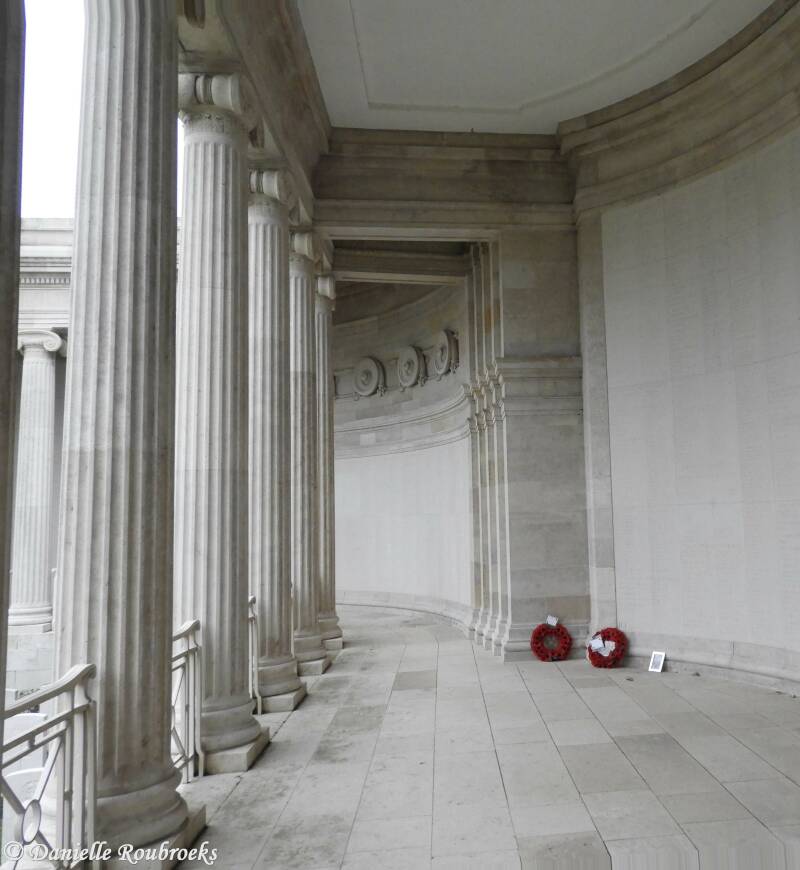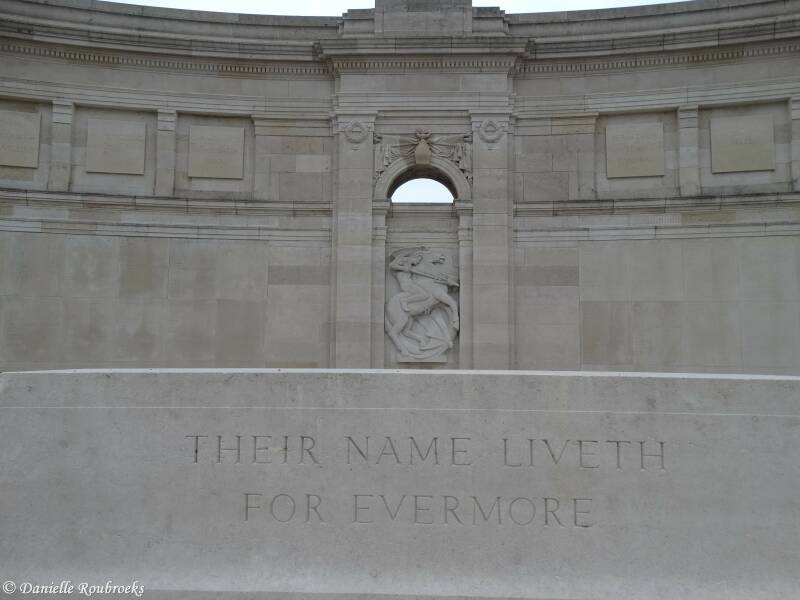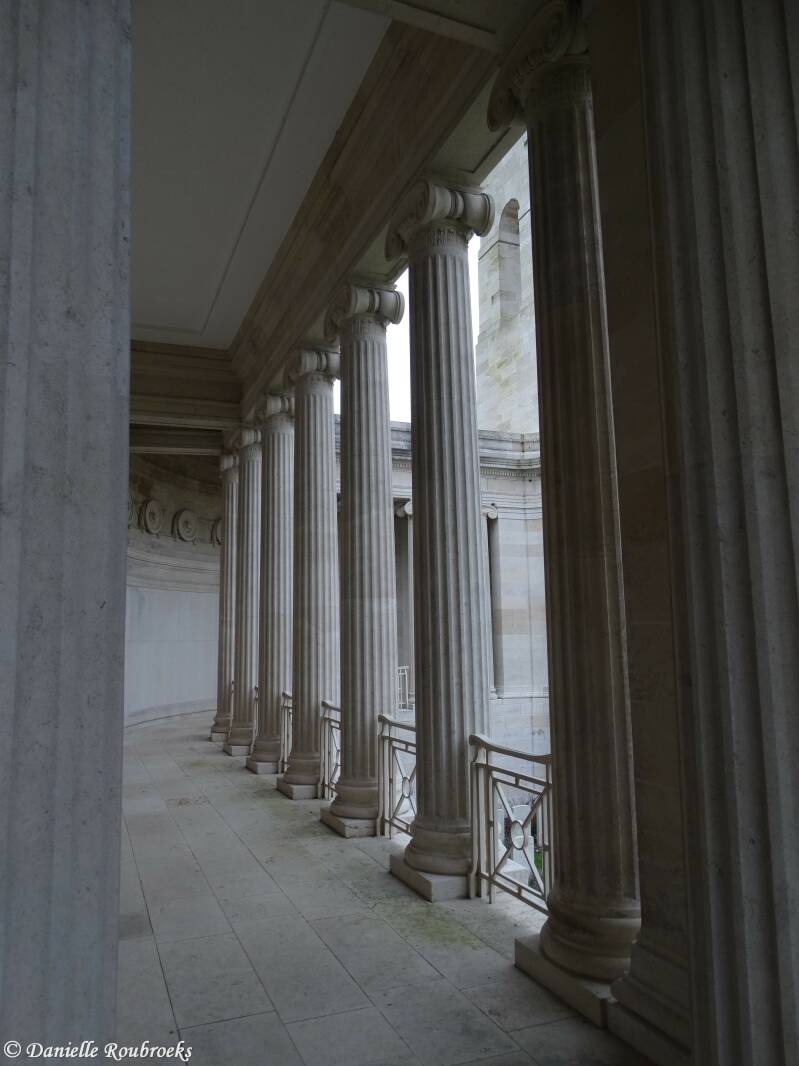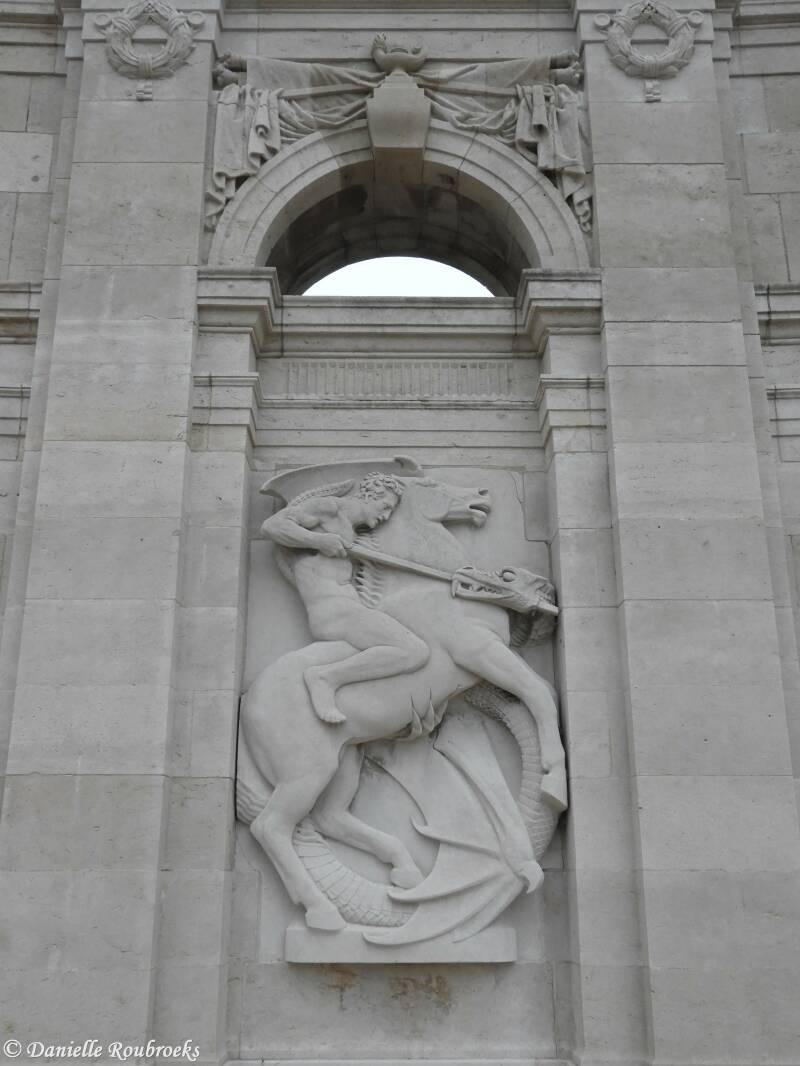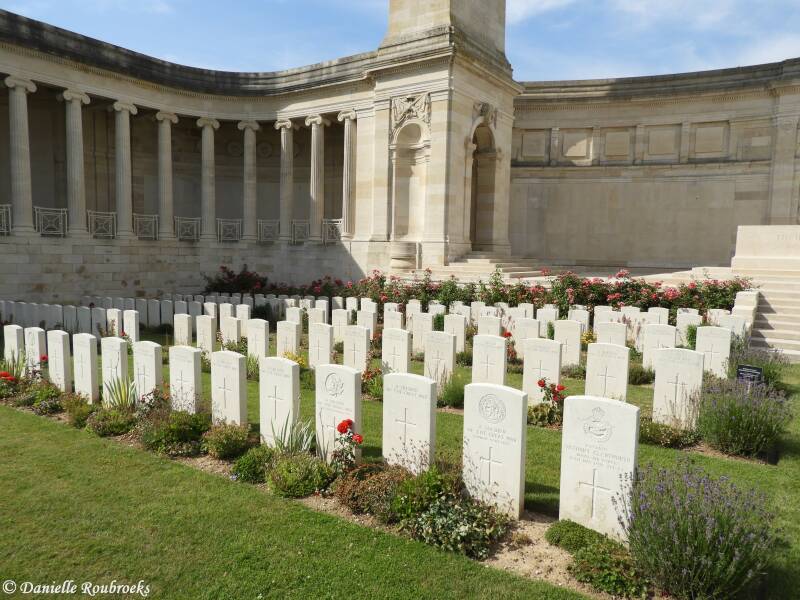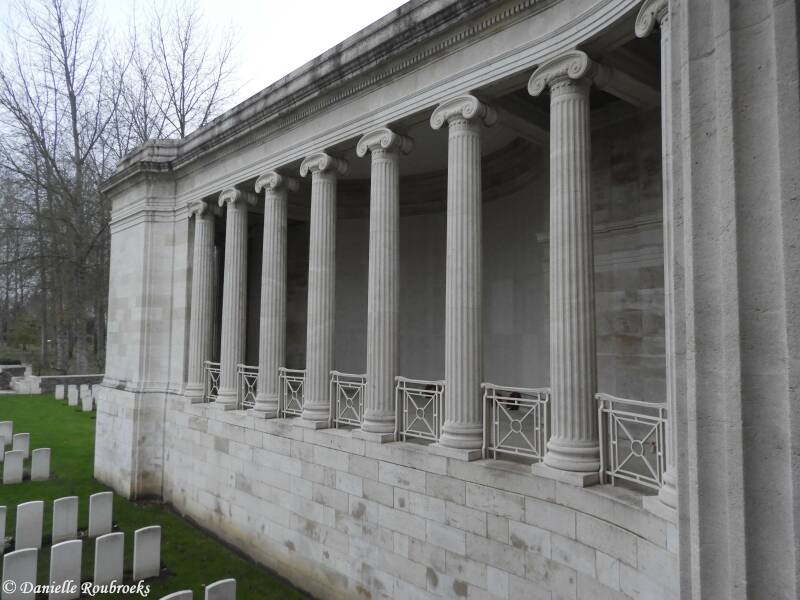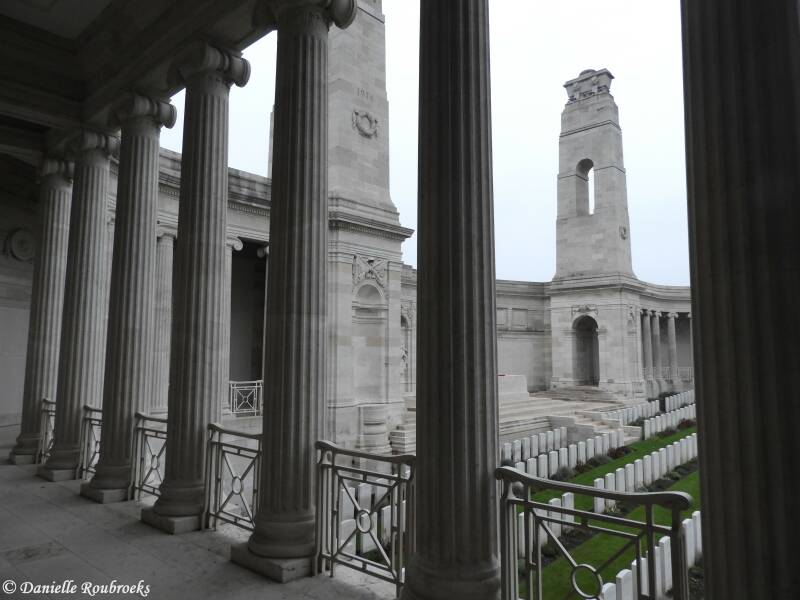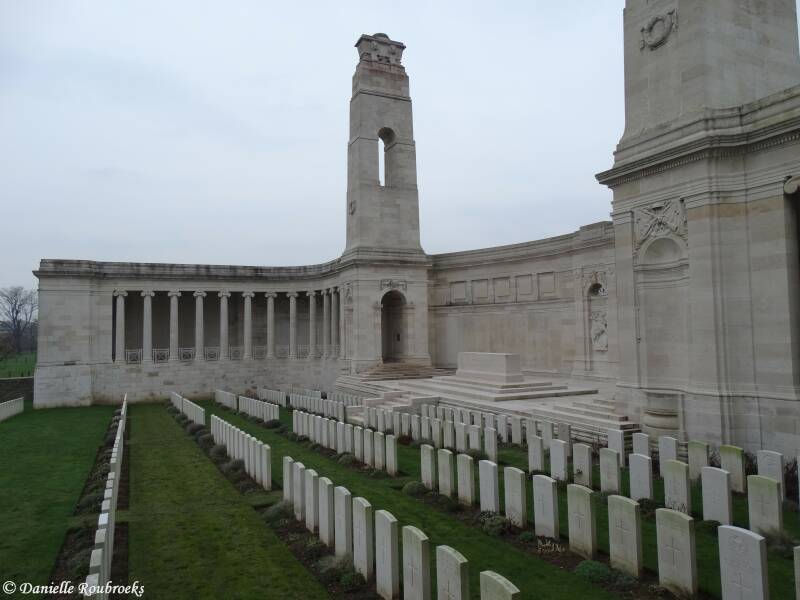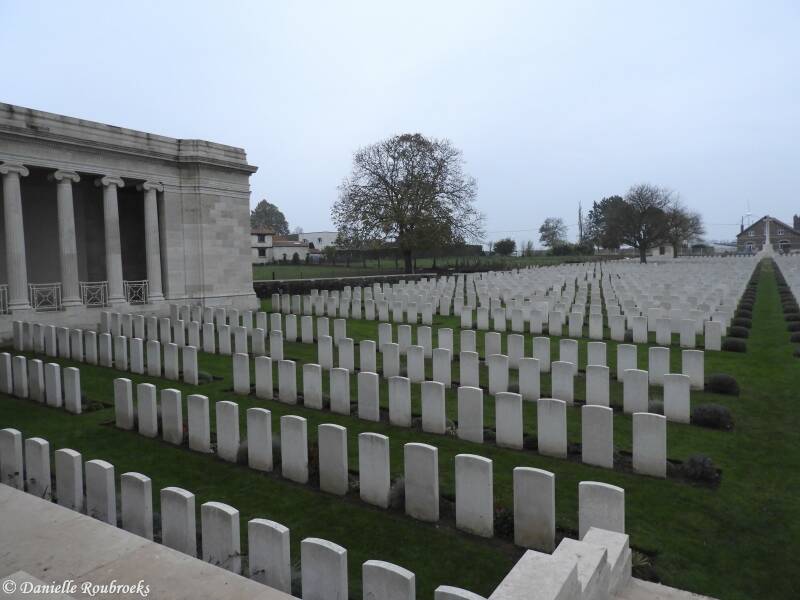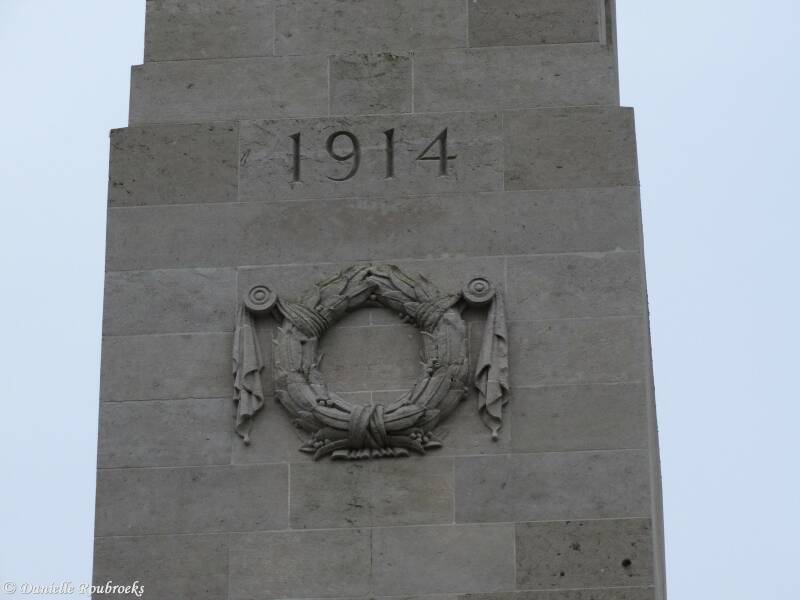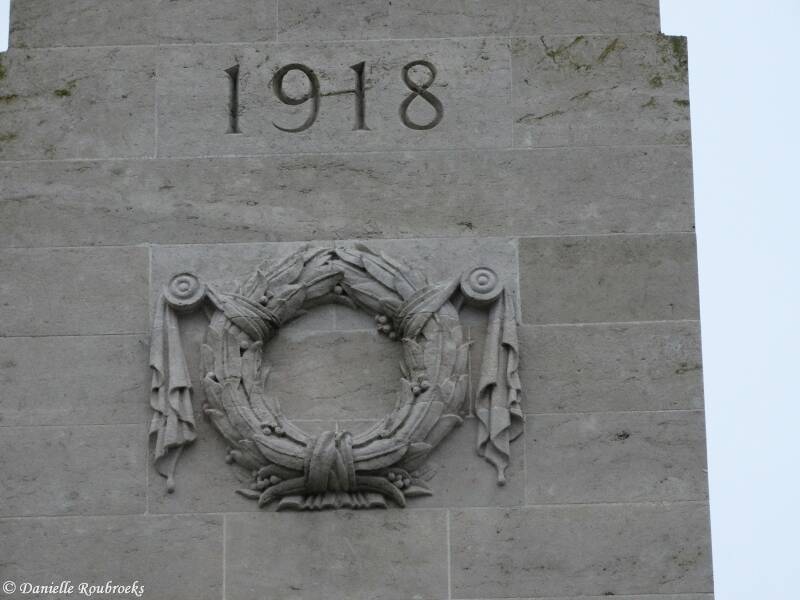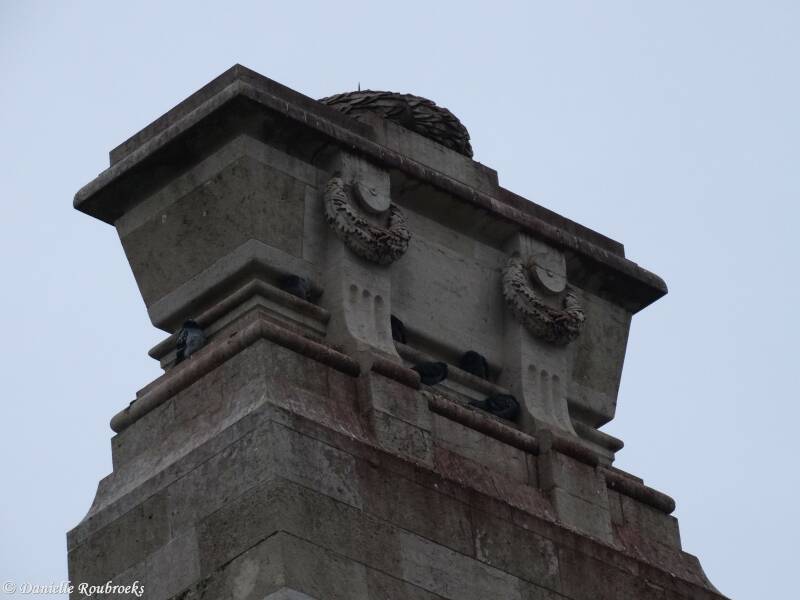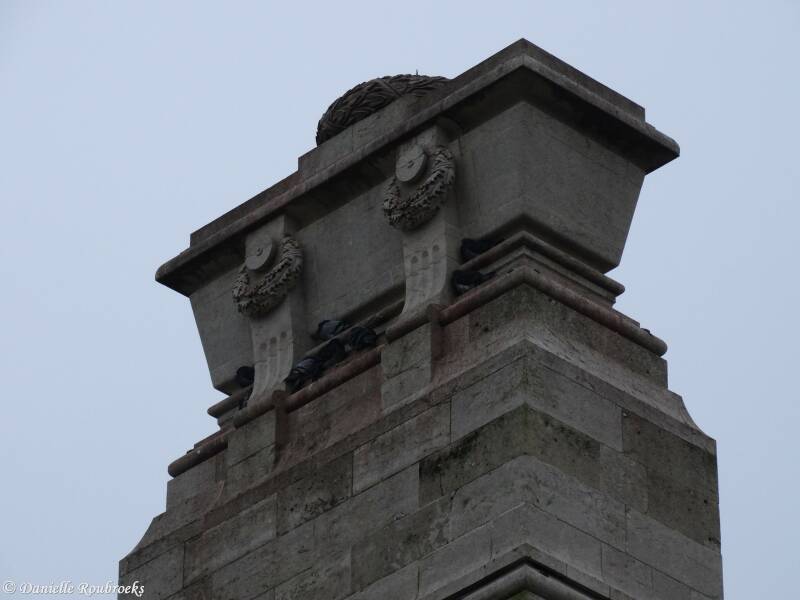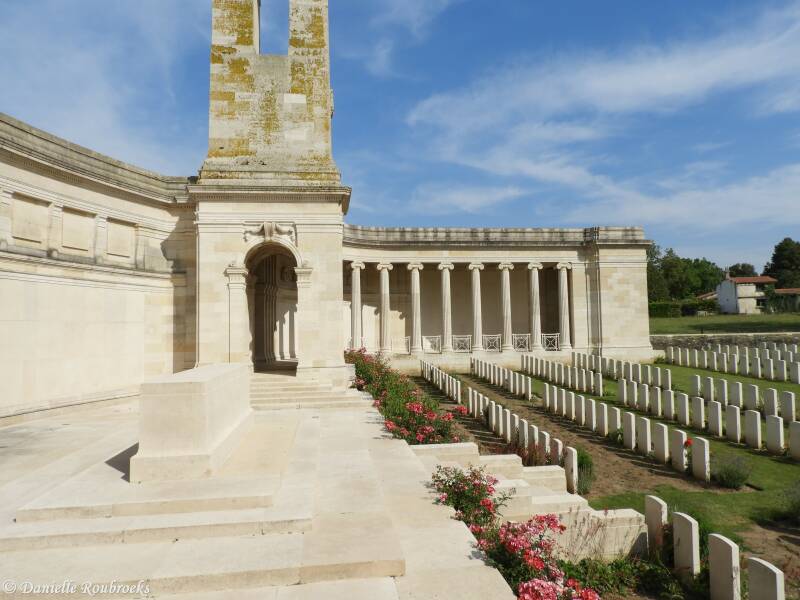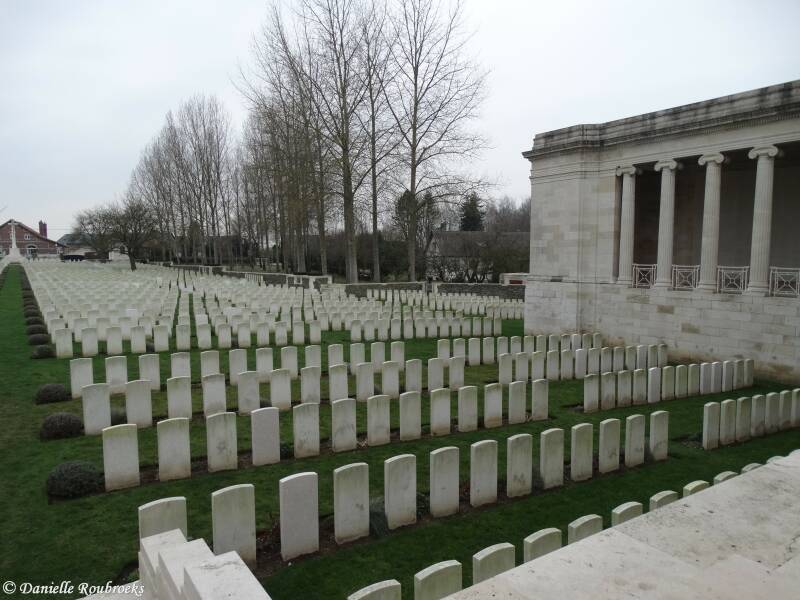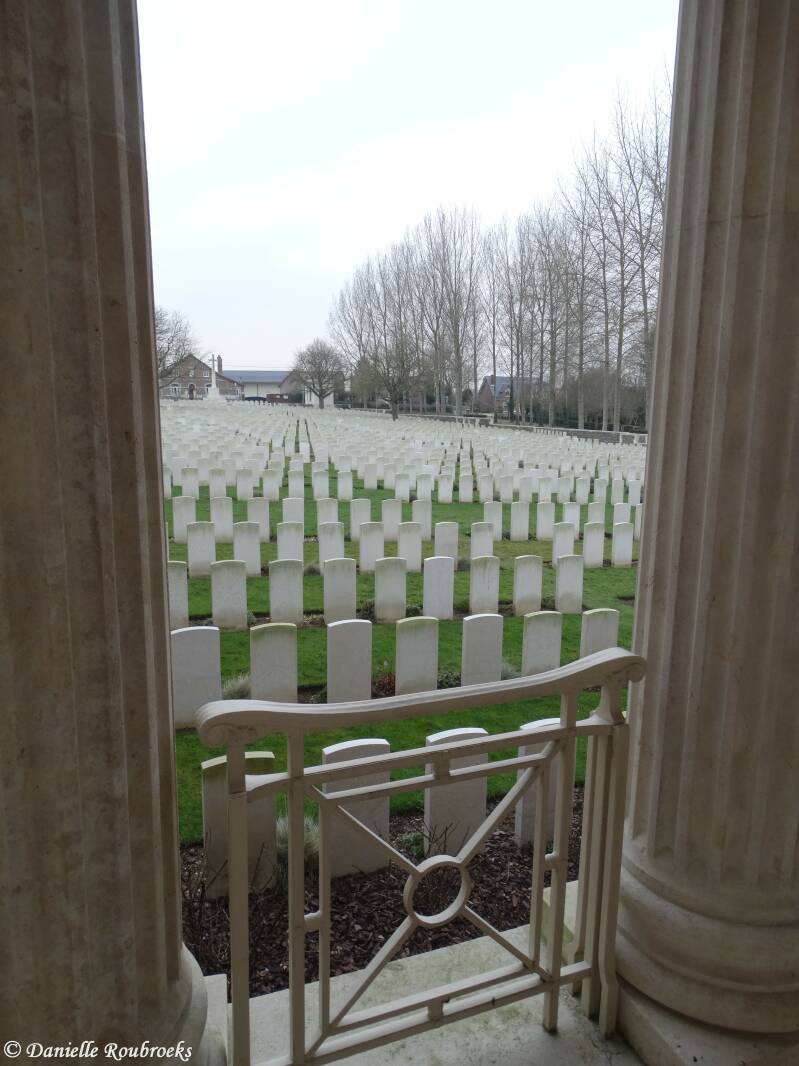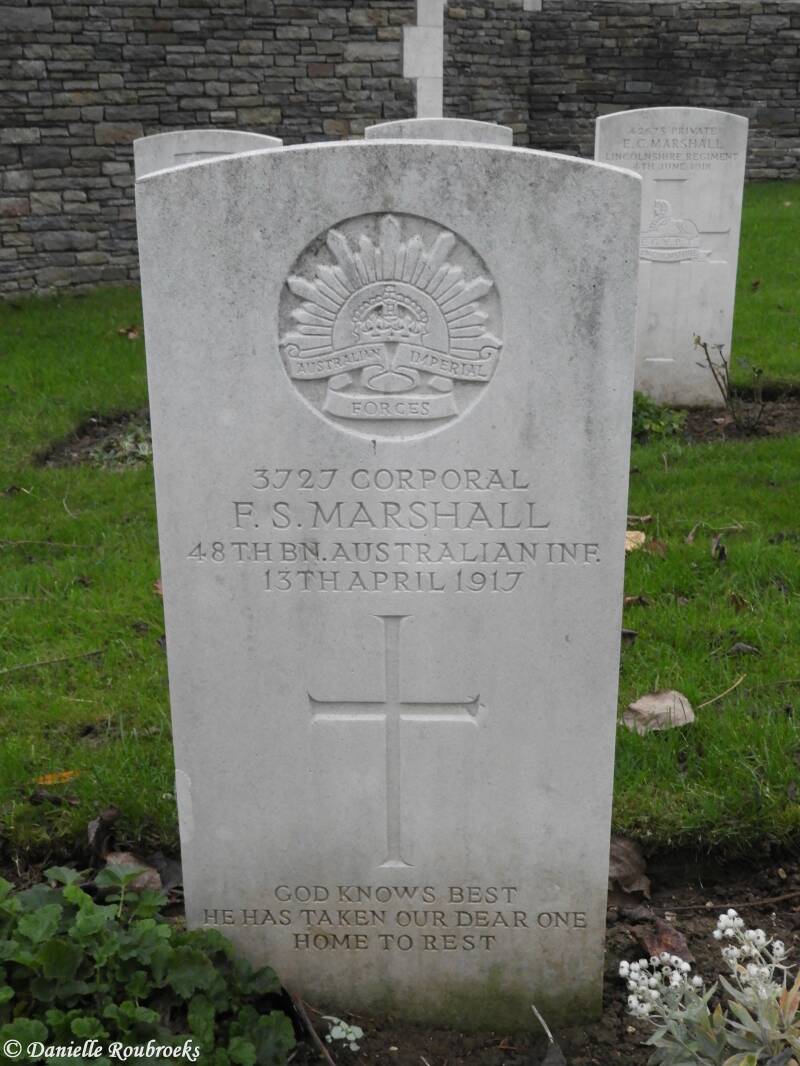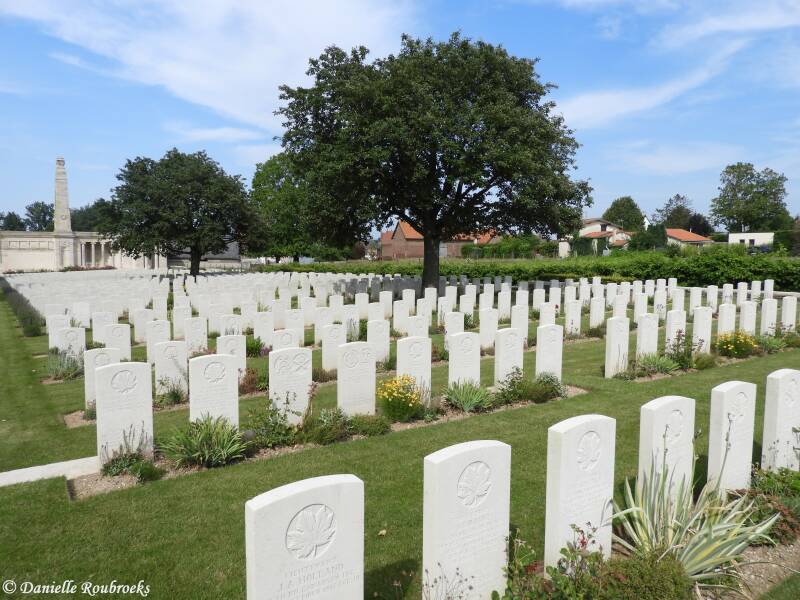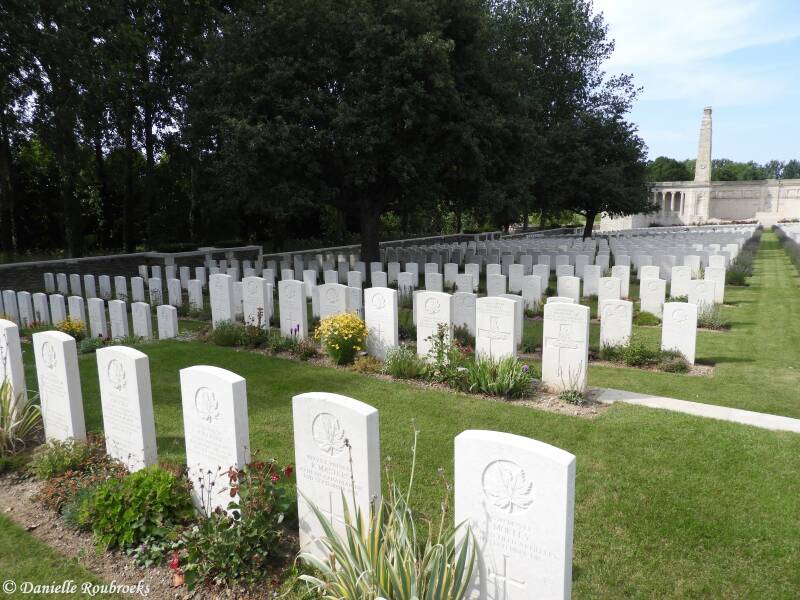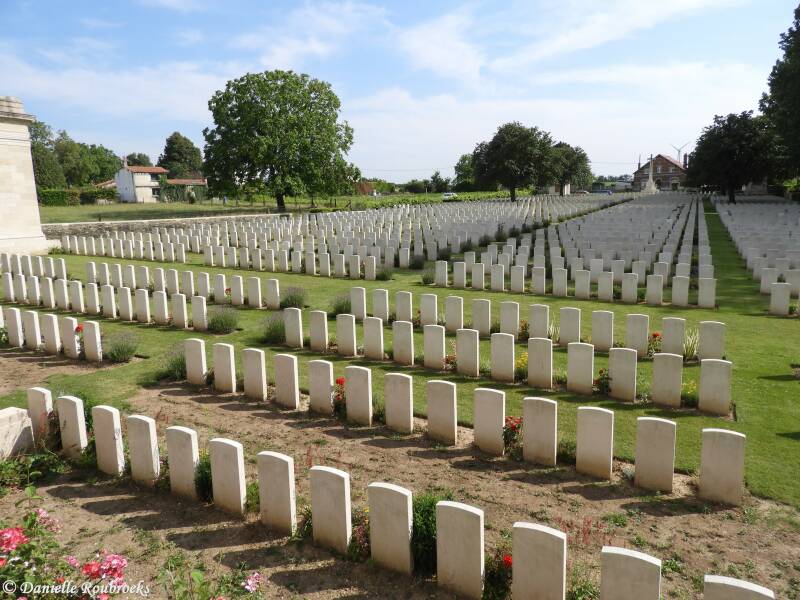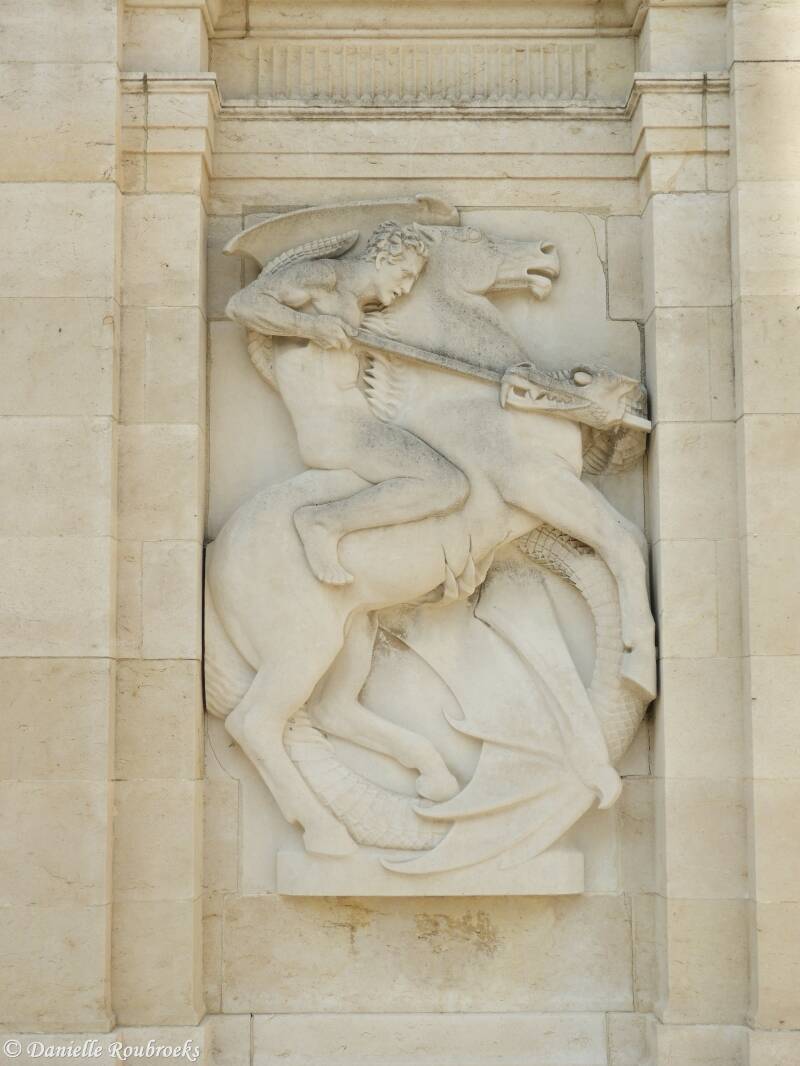Vis-en-Artois British Cemetery and Memorial, Haucourt
Historical Information (Source: CWGC)
Vis-En-Artois and Haucourt were taken by the Canadian Corps on 27 August 1918. The cemetery was begun immediately afterwards and was used by fighting units and field ambulances until the middle of October. It consisted originally of 430 graves (in Plots I and II) of which 297 were Canadian and 55 belonged to the 2nd Duke of Wellington's Regiment. It was increased after the Armistice by the concentration of graves from the battlefields of April-June 1917, August and September 1918, and from the smaller cemeteries in the neighbourhood.
The cemetery now contains 2,369 burials and commemorations of the First World War. 1,458 of the burials are unidentified but there are special memorials to eight casualties known or believed to be buried among them. Other special memorials commemorate four soldiers buried in other cemeteries whose graves could not be found on concentration. The cemetery was designed by J R Truelove.
The Memorial bears the names of over 9,000 men who fell in the period from 8 August 1918 to the date of the Armistice in the Advance to Victory in Picardy and Artois, between the Somme and Loos, and who have no known grave. They belonged to the forces of Great Britain and Ireland and South Africa; the Canadian, Australian and New Zealand forces being commemorated on other memorials to the missing.
The Memorial consists of a screen wall in three parts. The middle part of the screen wall is concave and carries stone panels on which names are carved. It is 26 feet high flanked by pylons 70 feet high. The Stone of Remembrance stands exactly between the pylons and behind it, in the middle of the screen, is a group in relief representing St George and the Dragon. The flanking parts of the screen wall are also curved and carry stone panels carved with names. Each of them forms the back of a roofed colonnade; and at the far end of each is a small building. The memorial was designed by J.R. Truelove, with sculpture by Ernest Gillick. It was unveiled by the Rt. Hon. Thomas Shaw on 4 August 1930.
Cemetery
Served with
- Canadian (523)
- United Kingdom (360)
- Australian (5)
- South African (2)
Served in
- Army (857)
- Air Force (32)
- Navy (1)
Memorial
Served with
- United Kingdom (9822)
- South African (16)
Served in
- Army (9442)
- Navy (396)
VICTORIA CROSS
Lance Corporal Allan Leonard LEWIS - 58062 - 6th Bn. Northamptonshire Regiment
Died 21 September 1918 Age 23
Country of Service: United Kingdom
Awards: Victoria Cross
Citation
An extract from the "London Gazette," dated 28th Jan., 1919, records the following:-"For most conspicuous bravery at Ronssoy on the 18th September, 1918, when in command of a section on the right of an attacking line held up by intense machine gun fire. L./Cpl. Lewis observing that two enemy machine guns were enfilading the line, crawled forward singlehanded, and successfully bombed the guns, and by rifle fire later caused the whole team to surrender, thereby enabling the line to advance. On 21st September, 1918, he again displayed great powers of command, and, having rushed his company through the enemy barrage, was killed whilst getting his men under cover from heavy machine gun fire. Throughout he showed a splendid disregard of danger, and his leadership at a critical period was beyond all praise."
Grave Reference: Panel 7.
(Source: Wikipedia)
Chief Petty Officer George PROWSE - Wales Z/424 - Drake Bn. R.N. Div. Royal Naval Volunteer Reserve
Died 27 September 1918 Age 32
Country of Service: United Kingdom
Awards: Victoria Cross, Distinguished Conduct Medal
Citation
An extract from "The London Gazette," dated 29th Oct., 1918, records the following:-"For most conspicuous bravery and devotion to duty when, during an advance, a portion of his company became disorganised by heavy machine gun fire from an enemy strong point. Collecting what men were available he led them with great coolness and bravery against this strong point, capturing it together with twenty-three prisoners and five machine guns. Later, he took a patrol forward in face of much enemy opposition, and established it on important high ground. On another occasion he displayed great heroism by attacking single-handed an ammunition limber which was trying to recover ammunition, killing three men who accompanied it and capturing the limber. Two days later he rendered valuable services when covering the advance of his company with a Lewis gun section, and located later on two machine gun positions in a concrete emplacement, which were holding up the advance of the battalion on the right. With complete disregard of personal danger he rushed forward with a small party and attacked and captured these posts, killing six enemy and taking thirteen prisoners and two machine guns. He was the only survivor of the gallant party, but by this daring and heroic action he enabled the battalion on the right to push forward without further machine gun fire from the village. Throughout the whole operations his magnificent example and leadership were an inspiration to all, and his courage was superb." Grave Reference: Panel 1 and 2.
(Source: Wikipedia)
Serjeant Frederick Charles RIGGS - 20695 - 6th Bn. York and Lancaster Regiment
Died 01 October 1918 Age 29
Country of Service: United Kingdom
Awards: Victoria Cross, Military Medal
Citation
An extract form "The London Gazette," dated 3rd Jan., 1919, records the following:- "For most conspicuous bravery and self-sacrifice on the morning of 1st Oct., 1918, near Epinoy, when, having led his platoon through strong uncut wire under severe fire, he continued straight on, and although losing heavily from flanking fire, succeeded in reaching his objective, where he rushed and captured a machine gun. He later handled two captured guns with great effect, and caused the surrender of fifty enemy. Subsequently, when the enemy again advanced in force, Serjt. Riggs cheerfully encouraged his men to resist, and whilst exhorting his men to fight on to the last, this very gallant soldier was killed."
Grave Reference: Panel 9.
(Source: Wikipedia)




